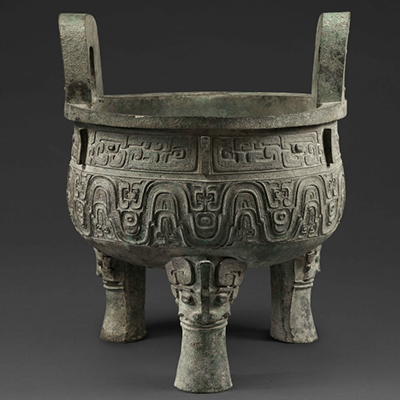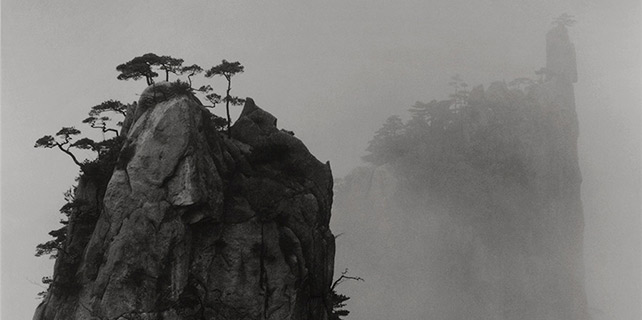Breathing life into relics
 |
|
[Photo provided to China Daily] |
Liu Wentao, deputy director of Nanjing Museum, says: "Museums are now a part of the lifestyles of the young," adding that nearly 70 percent of visitors to the museum are younger than 40.
Nanjing Museum is also known for its early adaption of digital technology to attract the younger generations.
"It is an inevitable trend for museums to become fashionable," she says adding that she has great expectations for the upcoming show.
Last year, Masters in the Forbidden City, a three-episode documentary on cultural relic restorers in the Palace Museum, went viral. It was then edited into a feature-length film to be released in cinemas.
Shan also says that as many as 15,000 people applied for cultural restorer positions in the museum in 2016, following the screening of the documentary.
"There's a stereotype that young people only like shows on romance or entertainment. But the documentary proves the vitality of programs with cultural depth," Shan says.
Zhu Tong, deputy editor-in-chief of CCTV, says that it is not surprising that TV variety shows in China now also reflect traditional culture.
Earlier this year, Reader, a CCTV variety show, which became a buzzword, invited celebrities, entrepreneurs and even ordinary people to read chapters from classics that reflected their values or views.
"Its success strengthened our confidence to give more voice to our culture," says Zhu.
"Cultural programs on TV need a new direction. And museums can take them in a new direction," says Zhu.









